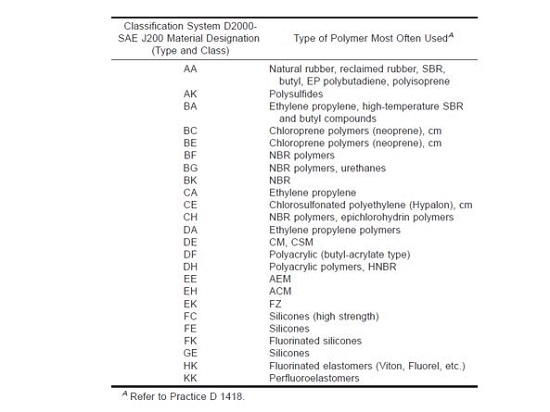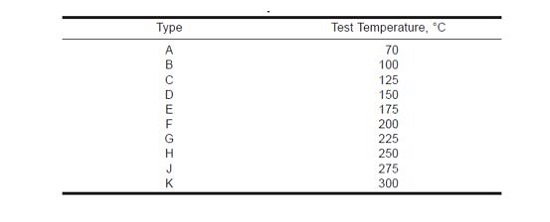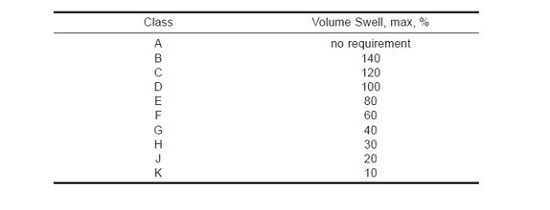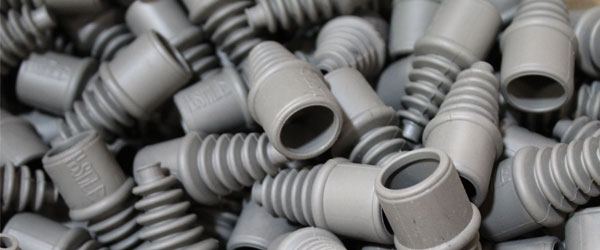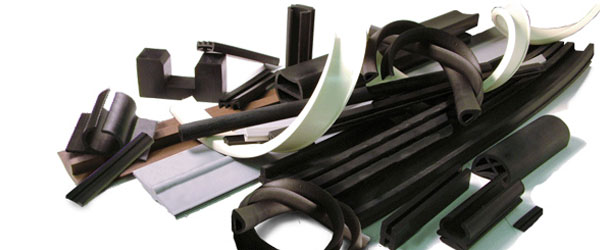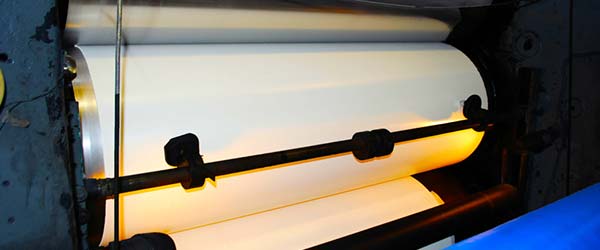ASTM D2000 is a widely used standard specification that defines the requirements for rubber products in terms of their physical and chemical properties. The specification includes a system of type and class designations that help to identify the properties of rubber materials and their intended applications.
The ASTM D2000 type designation consists of two letters that identify the basic polymer type, such as “AA” for ethylene propylene diene (EPDM) rubber or “BA” for nitrile (NBR) rubber. The type designation also includes a suffix that indicates the heat resistance rating of the material, such as “AA610” for EPDM rubber with a heat resistance of 150°C (302°F).
The class designation consists of one or more digits that define the material’s properties in terms of its tensile strength, elongation, hardness, and other physical and chemical characteristics. For example, the class designation “1AA” indicates a low-hardness EPDM rubber material with a minimum tensile strength of 1 MPa and a minimum elongation of 100%.
In addition to the type and class designations, the ASTM D2000 specification also includes a system of grade letters that further define the material’s properties and performance requirements. The grade letters range from “AA” to “EH” and are based on the material’s resistance to heat, oil, and other environmental factors.
Overall, the type and class designations of ASTM D2000 provide a standardized way to specify and select rubber materials based on their properties and intended applications. By understanding these designations, designers and manufacturers can ensure that they are using the right material for their specific needs.
 (909) 987-1774
(909) 987-1774 Email Us
Email Us





